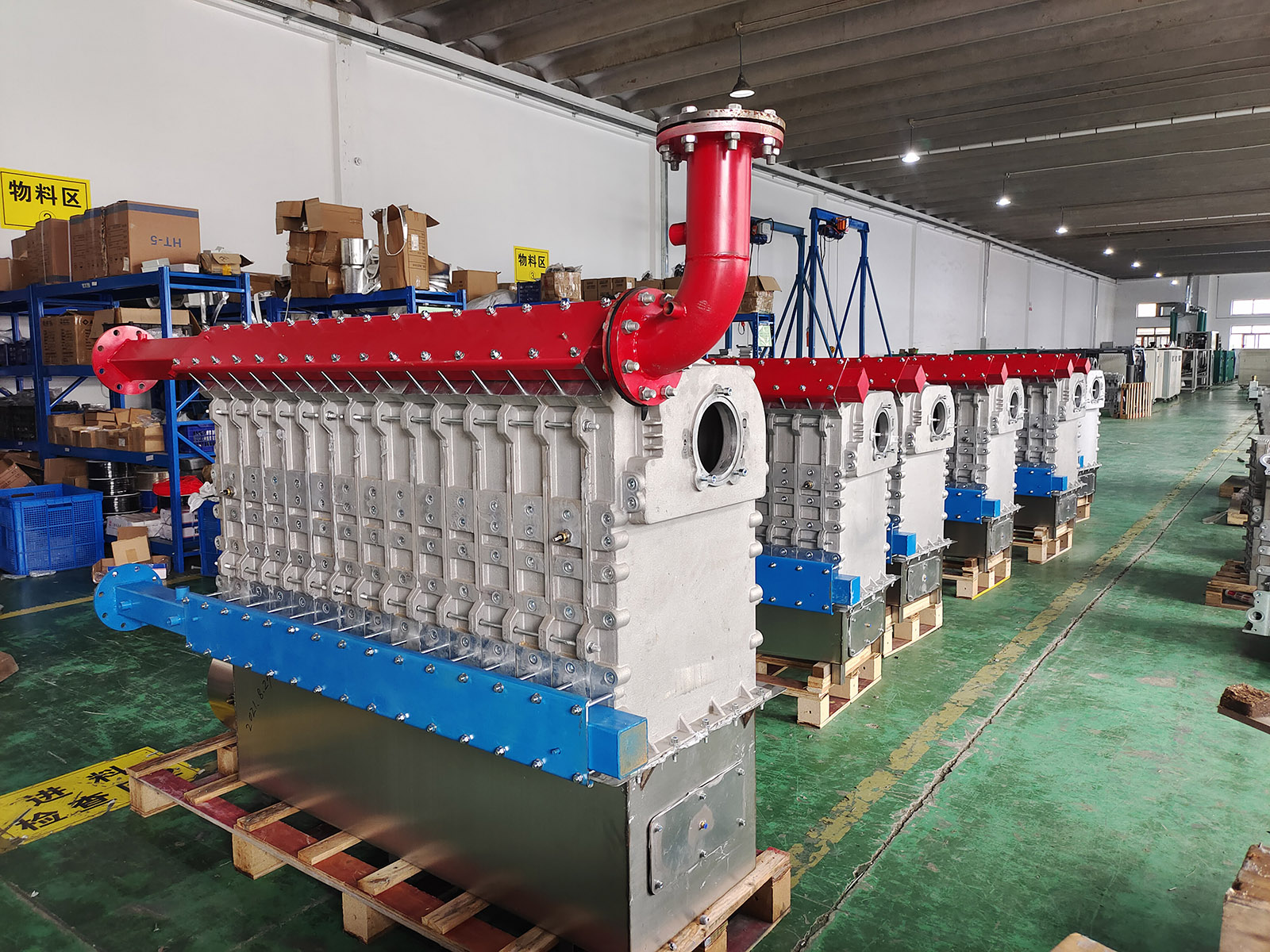- Afrikaans
- Albanian
- Amharic
- Arabic
- Armenian
- Azerbaijani
- Basque
- Belarusian
- Bengali
- Bosnian
- Bulgarian
- Catalan
- Cebuano
- China
- China (Taiwan)
- Corsican
- Croatian
- Czech
- Danish
- Dutch
- English
- Esperanto
- Estonian
- Finnish
- French
- Frisian
- Galician
- Georgian
- German
- Greek
- Gujarati
- Haitian Creole
- hausa
- hawaiian
- Hebrew
- Hindi
- Miao
- Hungarian
- Icelandic
- igbo
- Indonesian
- irish
- Italian
- Japanese
- Javanese
- Kannada
- kazakh
- Khmer
- Rwandese
- Korean
- Kurdish
- Kyrgyz
- Lao
- Latin
- Latvian
- Lithuanian
- Luxembourgish
- Macedonian
- Malgashi
- Malay
- Malayalam
- Maltese
- Maori
- Marathi
- Mongolian
- Myanmar
- Nepali
- Norwegian
- Norwegian
- Occitan
- Pashto
- Persian
- Polish
- Portuguese
- Punjabi
- Romanian
- Russian
- Samoan
- Scottish Gaelic
- Serbian
- Sesotho
- Shona
- Sindhi
- Sinhala
- Slovak
- Slovenian
- Somali
- Spanish
- Sundanese
- Swahili
- Swedish
- Tagalog
- Tajik
- Tamil
- Tatar
- Telugu
- Thai
- Turkish
- Turkmen
- Ukrainian
- Urdu
- Uighur
- Uzbek
- Vietnamese
- Welsh
- Bantu
- Yiddish
- Yoruba
- Zulu
nóv . 29, 2024 16:53 Back to list
Gray Cast Iron Pipe Casting Standards for EN877 Applications and Specifications
Understanding EN877 Gray Cast Iron Pipe Casting
EN877 refers to a European standard that specifies the requirements for gray cast iron pipes and fittings used in drainage and sewer systems. Gray cast iron, known for its excellent casting properties and good machinability, has been a preferred material for various infrastructure applications, particularly in plumbing and drainage systems. The focus of this article is to explore the characteristics, benefits, production processes, and applications of EN877 gray cast iron pipe casting.
Characteristics of Gray Cast Iron
Gray cast iron is distinguished by its high carbon content, which results in a graphite structure that gives it a characteristic gray appearance. This material is widely regarded for its excellent mechanical properties, including good tensile strength, ductility, and wear resistance. The presence of graphite enhances its machinability and helps absorb vibrations, making it an ideal choice for applications where noise reduction is essential.
The use of gray cast iron pipes in drainage systems is primarily due to their ability to withstand harsh environmental conditions, such as corrosive substances found in sewage systems. Furthermore, their smooth internal surfaces promote efficient flow and reduce the risk of blockages. The EN877 standard ensures that the pipes meet rigorous quality and performance specifications, which is crucial for maintaining the integrity of underground sewage and drainage systems.
Production Process of Gray Cast Iron Pipes
The production of EN877 gray cast iron pipes involves several critical steps, including melting, casting, and finishing. The raw materials used typically comprise scrap iron, pig iron, and alloys, which are melted in a furnace at high temperatures. Once thoroughly melted and mixed, the molten iron is poured into molds, shaped according to the required specifications. Various factors, such as cooling rates and casting designs, influence the final properties of the pipes.
en877 gray cast iron pipe casting

After casting, the pipes undergo finishing processes, including machining and surface treatments, to enhance their durability and performance. Quality control checks are integral throughout the production process to ensure that the pipes meet the stringent requirements outlined by the EN877 standard.
Applications of EN877 Gray Cast Iron Pipes
EN877 gray cast iron pipes are widely used in civil engineering and construction projects, primarily for sewerage, drainage, and waste water discharge systems. Their resistance to corrosion and high durability allows for long-term applications without significant maintenance costs. Additionally, these pipes can handle the high traffic loads often encountered in urban settings, making them suitable for installation beneath roads and pavements.
Moreover, the sound-dampening properties of gray cast iron contribute to quieter plumbing systems, which is particularly beneficial in residential areas. The robust nature of these pipes means they can effectively manage varying temperatures and pressure conditions, making them versatile for different environmental scenarios.
Conclusion
In summary, EN877 gray cast iron pipe casting represents a critical component in modern drainage systems. The combination of high strength, durability, and resistance to corrosion makes gray cast iron an ideal choice for infrastructure projects. As cities continue to expand and the need for effective sewerage systems increases, the role of gray cast iron pipes becomes ever more significant. Understanding the production, characteristics, and applications of EN877 gray cast iron pipes fosters an appreciation for this essential material, ensuring that plumbing and drainage systems can meet the demands of modern society efficiently and sustainably.
-
Custom Commercial Hot Water Heat Exchangers Durable & Efficient Solutions
NewsMay.27,2025
-
High-Quality Concrete Pipe Mold Bottom Ring Supplier China Factory
NewsMay.27,2025
-
High-Efficiency Cast Silico Aluminum Gas Boiler ODM & Custom Solutions
NewsMay.27,2025
-
Low Nitrogen Condensing Natural Gas Boilers High Efficiency & Custom Solutions
NewsMay.26,2025
-
Custom & Wholesale Investment Casting Parts Stainless, Brass, Copper
NewsMay.26,2025
-
Custom Low-NOx Gas Boilers Efficient Commercial Heating Solutions
NewsMay.25,2025


